Model Context Protocol (MCP) enables structured and secure context sharing in AI systems, particularly in large language model (LLM) workflows. It allows multiple agents, tools, and services to coordinate effectively by passing contextual information in a consistent format.
As AI ecosystems become more complex, this structured communication improves traceability, workflow efficiency, and multi-agent collaboration. However, it also introduces new security challenges, including context injection, prompt manipulation, and unauthorized access to sensitive data.
That’s why MCP security is emerging as a critical focus for protecting AI workflows, prompt integrity, and sensitive data in next-generation applications.
tl;dr: Model Context Protocol (MCP) streamlines context sharing in LLM and multi‑agent AI systems but introduces new risks like context injection, leakage, and unauthorized access. Securing MCP requires testing session persistence, role enforcement, and metadata integrity across agents. AppSecure delivers in‑depth MCP security audits with simulated attacks, context flow analysis, and actionable remediation to protect AI workflows end‑to‑end.
Common security risks in MCP-based systems
MCP-based systems face several security threats that can compromise data, workflows, and agent behavior. Key risks include:
- Context injection attacks
Attackers can inject malicious data or commands into MCP context fields, such as system instructions or role definitions. This could trick an AI agent into executing unintended actions, like disclosing sensitive data or bypassing business logic.
Without context sanitization and strict type-checking, even small injections can cascade through multi-agent workflows, making this one of the most critical MCP risks.
- Prompt leaking between sessions or agents
In multi-tenant or multi-agent MCP setups, shared memory or poorly isolated context channels may lead to prompt data leaking between sessions.
For example, an agent processing a private request could accidentally pass its context to another user’s session, resulting in data exposure, IP leaks, or compliance violations. Robust context compartmentalization is essential to prevent these scenarios.
- Unauthorized role escalation or impersonation
If role and identity verification mechanisms are weak, attackers can forge agent metadata or session tokens to impersonate higher-privilege agents. This could allow unauthorized command execution, context manipulation, or access to restricted workflow segments.
This is particularly dangerous in orchestrated MCP chains, where one compromised agent can impact the entire system.
- Metadata tampering
MCP heavily relies on metadata fields like user IDs, roles, session keys, and task context to determine how an AI workflow behaves. Unvalidated or client-side-controlled metadata is vulnerable to tampering.
An attacker could alter permission fields or tracking IDs, enabling fraudulent access, bypassing audit logs, or corrupting task ownership records.
- Insecure routing between AI agents or services
Many MCP implementations use internal message brokers, APIs, or WebSocket channels to transmit context between agents and tools. If these channels lack encryption, authentication, or replay protection, attackers can intercept, alter, or replay messages.
This exposes the system to man-in-the-middle attacks, context poisoning, and silent data exfiltration.
- Contextual overload attacks
LLM-driven MCP systems are limited by token and memory constraints. Attackers can flood the context with irrelevant or oversized data, leading to memory exhaustion, increased inference latency, or forced truncation of critical instructions.
This type of resource exhaustion can degrade service performance and create openings for further exploitation.
- Lack of input validation in context-aware chains
When MCP workflows integrate external tools, APIs, or user inputs without proper validation, malicious inputs can propagate as dangerous instructions, links, or payloads.
For example, an unvalidated user prompt could inject commands that alter downstream agent behavior or execute unauthorized tool calls. Strict input filtering and schema enforcement are critical to mitigate this.
How does MCP security differ from traditional AI security?
Before going further, let's look at the key differences between MCP security and traditional AI security
| Parameter | Traditional AI security | MCP- based security |
|---|---|---|
| Session handling | Stateless; each request is isolated, reducing long-term exposure. | Persistent sessions store instructions and sensitive data, increasing the risk of session hijacking. |
| Context exposure | Single-user prompts with minimal risk of cross-session leakage. | Multi-agent context sharing can expose data to unintended components or services. |
| Role and access controls | Limited checks, often prompt-level or API-key based. | Requires strict role-based and component-level access to prevent impersonation or privilege escalation. |
| Metadata handling | Minimal metadata; usually | Metadata contains roles, IDs, and |
| Intermediate components | Few intermediaries; trust boundaries are simple. | Multiple context handlers and routers expand the trust boundary, requiring validation and monitoring. |
MCP security testing methodology
MCP assessments require a multi-layered approach to evaluate session persistence, cross-agent context propagation, and structured metadata handling. Let’s look at the key steps involved:
- Threat modeling and architecture review
Testing begins with a complete review of the MCP system architecture. This involves mapping all participating agents, context handlers, and routing layers to define trust boundaries. Analysts inspect how session IDs, API tokens, and metadata flow through the system.
For example, if an MCP chain involves a central orchestrator and multiple third-party tools, each handoff is evaluated for risks like unauthorized session joining or data interception. Threat modeling also incorporates potential attack scenarios, such as context injection or privilege escalation via manipulated metadata.
- Testing context propagation chains
MCP chains rely on structured data passing between agents. During testing, each hop is analyzed to detect context leakage, unauthorized access, or propagation tampering. Testers attempt to inject spoofed session tokens, manipulate context routing headers, and observe whether downstream agents accept modified instructions.
A vulnerable propagation chain could allow attackers to influence agent outputs or access sensitive historical context.
- Role validation and access control checks
MCP workflows depend heavily on role-based access and permissions across agents. Testing validates that roles assigned in metadata, such as “reader,” “executor,” or “admin”, cannot be forged or escalated.
Auditors attempt to exploit weak signature verification, improperly scoped tokens, or trust assumptions between internal and third-party agents. A failure here could allow an unprivileged agent to execute high-risk instructions or retrieve restricted data from memory.
- Prompt injection and context manipulation
In MCP-based systems, context persists across multiple interactions, which expands the risk of prompt injections. Testers craft malicious instructions that attempt to override system policies, trigger unintended agent actions, or cause lateral data exposure between sessions.
Advanced testing includes multi-hop injections, where a single malicious entry propagates across several agents before executing in a privileged component.
- Fuzzing context payloads
Fuzzing involves systematically injecting malformed, oversized, or specially crafted payloads into MCP sessions. This identifies edge-case vulnerabilities like JSON parsing errors, unhandled exceptions, and memory exhaustion.
Context-aware fuzzing can reveal flaws such as chain desynchronization, where corrupted metadata causes downstream agents to misinterpret instructions, creating an opportunity for denial-of-service or context leakage.
- Rate-limiting and dos resilience
Persistent MCP sessions increase the attack surface for resource abuse. Testers simulate high-volume context submissions, rapid multi-agent queries, and parallel session flooding to evaluate how the system handles load without compromising stability.
Lack of robust rate-limiting or resource quotas can lead to memory exhaustion, degraded performance, or full denial-of-service in multi-agent deployments.
- Red-teaming across agent interactions
The final stage is a red-team simulation that chains multiple attack vectors. For example, an attacker might combine a context injection in a low-privilege agent with metadata spoofing to gain elevated access in a downstream orchestrator.
Red-teaming uncovers systemic weaknesses that only manifest in real-world multi-agent attack chains, validating how resilient the MCP deployment is under coordinated threats.
When should you secure or test MCP implementations?
Timing security assessments is crucial to prevent context leaks, privilege misuse, and data exposure in MCP-driven AI workflows. Testing too late often means vulnerabilities are discovered in production.
Below are the key scenarios for MCP security testing, along with recommended timing:
| Ideal testing scenario | Recommended testing timing |
|---|---|
| Before launching LLM-based workflows or multi-agent systems | Perform tests in staging to validate session handling, context isolation, and metadata integrity before release. |
| When integrating user roles or dynamic prompts | Test immediately after deploying role-based logic to ensure permissions and access rules are enforced without bypass. |
| Prior to rolling out context-sensitive APIs or tools | Conduct security checks once internal deployment is ready to catch context injection or downstream data leakage risks. |
| During compliance or privacy-focused reviews | Align assessments with regulatory checks to confirm no sensitive data persists or flows to untrusted agents. |
AppSecure’s approach to MCP security audits
For better results, you need someone who can uncover subtle risks in MCP workflows, and AppSecure helps in that. Here is how AppSecure approaches MCP security audits:
- Custom context and prompt attack simulations
The assessment begins with tailored simulations of context injection and prompt manipulation. By introducing controlled adversarial inputs into MCP sessions, the audit reveals how malicious instructions or hidden payloads could alter agent behavior, exfiltrate sensitive data, or bypass expected task logic.
This step tests the system’s resilience to real‑world context abuse scenarios.
- Chained context analysis and behavior reverse engineering
During testing, the flow of context across multi‑agent workflows and memory chains is analyzed in depth. This involves tracing how metadata, user instructions, and historical prompts propagate through agents and tools.
Reverse engineering these flows helps uncover risks such as cross‑agent data leakage, unintentional role inheritance, or the persistence of sensitive information across sessions.
- Multi‑agent and memory chain validation
Long‑lived sessions and agent hierarchies introduce unique risks. Auditors replicate interactions between agents, persistent memory components, and task‑chaining logic to detect privilege escalation, unvalidated agent calls, or mismanaged session states.
This ensures that context‑aware processes enforce security boundaries without leaving residual data accessible to unauthorized components.
- Metadata integrity and access control testing
Sensitive metadata, including session tokens, agent roles, and access levels, is verified for tamper resistance. Controlled modification attempts validate whether the system correctly detects and blocks changes to permission structures, preventing impersonation or lateral movement within an MCP workflow.
- Stakeholder‑focused reporting
Findings are compiled into actionable reports tailored for AI engineers, platform teams, and security leadership. Technical sections include context‑propagation diagrams, identified abuse vectors, and exploit proofs, while executive summaries focus on risk prioritization, remediation guidance, and workflow hardening strategies.
- Optional resilience testing for prompt exploitation
As a final step, auditors perform safe prompt exploitation exercises to measure the system’s tolerance against malformed, chained, or adversarial prompts. This validates how well the implementation withstands attempts to manipulate downstream decision‑making in complex AI ecosystems.
- Broad framework compatibility
The audit methodology is designed to cover both standard MCP implementations and popular AI frameworks like LangChain and Semantic Kernel. By mirroring real production architectures, the testing process ensures accurate, environment‑specific risk visibility.
Best practices for securing MCP implementations
Securing MCP‑based systems requires both preventive controls and continuous monitoring. By following these practices, teams can reduce the risk of context abuse, data leakage, and unauthorized access:
- Enforce strict role‑based access to context scopes
Each context segment in MCP should have a defined ownership and access policy. Implement fine‑grained RBAC (Role‑Based Access Control) so that an inference agent cannot access administrative metadata or sensitive instructions unless explicitly permitted.
This prevents cross‑agent privilege escalation, where a lower‑privilege agent injects or reads unauthorized context. Integrating policy enforcement points (PEPs) at each context hop ensures that access control is checked continuously during propagation.
- Validate all input and metadata before context inclusion
Context ingestion is a critical entry point for context injection attacks. Teams should enforce strict schema validation for both user inputs and system metadata, including type enforcement, size limits, and allowed key‑value pairs.
Sanitization of high‑risk fields like prompt instructions or role indicators helps block hidden payloads, escape sequences, or prompt overrides from reaching the LLM chain.
- Use signatures or hashes to ensure context integrity
MCP chains often involve multiple hops between agents, tools, and context brokers. By signing context payloads with HMAC or using cryptographic hashing, teams can ensure that intermediate components cannot tamper with role assignments, instructions, or memory references without detection.
Integrity checks should happen at every propagation step to maintain trust across distributed agents.
- Isolate system vs. user context spaces
Mixing user prompts and system‑level instructions in the same memory space invites prompt confusion or privilege bleed. Keeping separate context buffers ensures that malicious user input cannot override orchestration logic or gain indirect access to model‑level commands, API keys, or administrative metadata.
This is especially critical in agentic architectures with memory persistence, where a single compromised user prompt can poison future inferences.
- Monitor for anomalies in context propagation or agent hops
Context telemetry should be treated like network flow monitoring. Track session IDs, hop counts, and context diffs to spot suspicious behaviors, such as repeated context rewrites, unexpected fan‑outs to new agents, or excessive memory allocation attempts.
Integrating anomaly detection or SIEM hooks can alert teams to early‑stage exploitation attempts before an attacker achieves chain‑level impact.
Secure MCP workflows for a safe AI experience
Model Context Protocol makes AI workflows smoother by helping different agents share information and work together. But without the right security, it can lead to issues like data leaks or unauthorized access. Keeping these workflows secure is essential to protect sensitive information and maintain trust.
AppSecure offers dedicated MCP security audits that check the entire workflow for weak points and help teams strengthen their AI setups. These reviews ensure your AI systems stay safe, reliable, and ready for real-world use.
Reach out to AppSecure to secure your MCP workflows and keep your AI operations protected.
FAQs
- How does AppSecure assess the security of MCP-based AI systems?
AppSecure reviews context flows, metadata handling, and multi‑agent interactions to identify security gaps in MCP implementations.
- Can AppSecure simulate prompt injection or context leakage in MCP implementations?
Yes, AppSecure safely simulates prompt injection, context leakage, and other abuse cases to uncover hidden risks.
- Does AppSecure offer MCP security audits for enterprise LLM applications?
Yes, AppSecure provides tailored MCP security audits for enterprise LLM and multi‑agent AI environments.
- What kind of deliverables does AppSecure provide after an MCP security assessment?
A detailed report with identified risks, remediation guidance, and recommendations for securing MCP workflows.
- Can AppSecure help us align MCP usage with internal AI governance policies?
Yes, AppSecure maps findings to internal AI governance needs and recommends controls for safe MCP adoption.
- How does AppSecure validate access control and session boundaries in MCP flows?
AppSecure tests role assignments, session persistence, and context isolation to ensure unauthorized access is prevented.

Ankit is a B2B SaaS marketing expert with deep specialization in cybersecurity. He makes complex topics like EDR, XDR, MDR, and Cloud Security accessible and discoverable through strategic content and smart distribution. A frequent contributor to industry blogs and panels, Ankit is known for turning technical depth into clear, actionable insights. Outside of work, he explores emerging security trends and mentors aspiring marketers in the cybersecurity space.


.png)
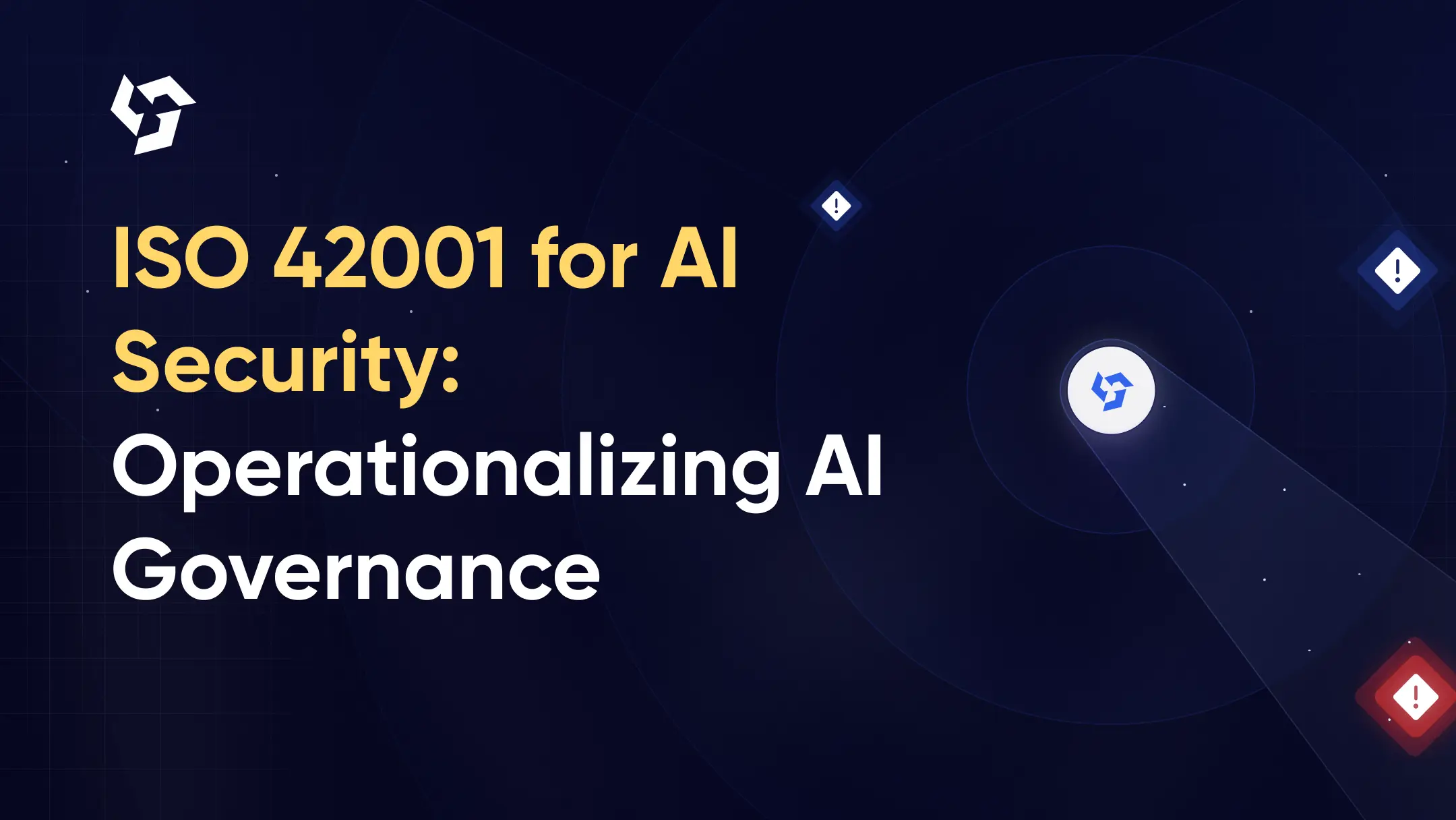
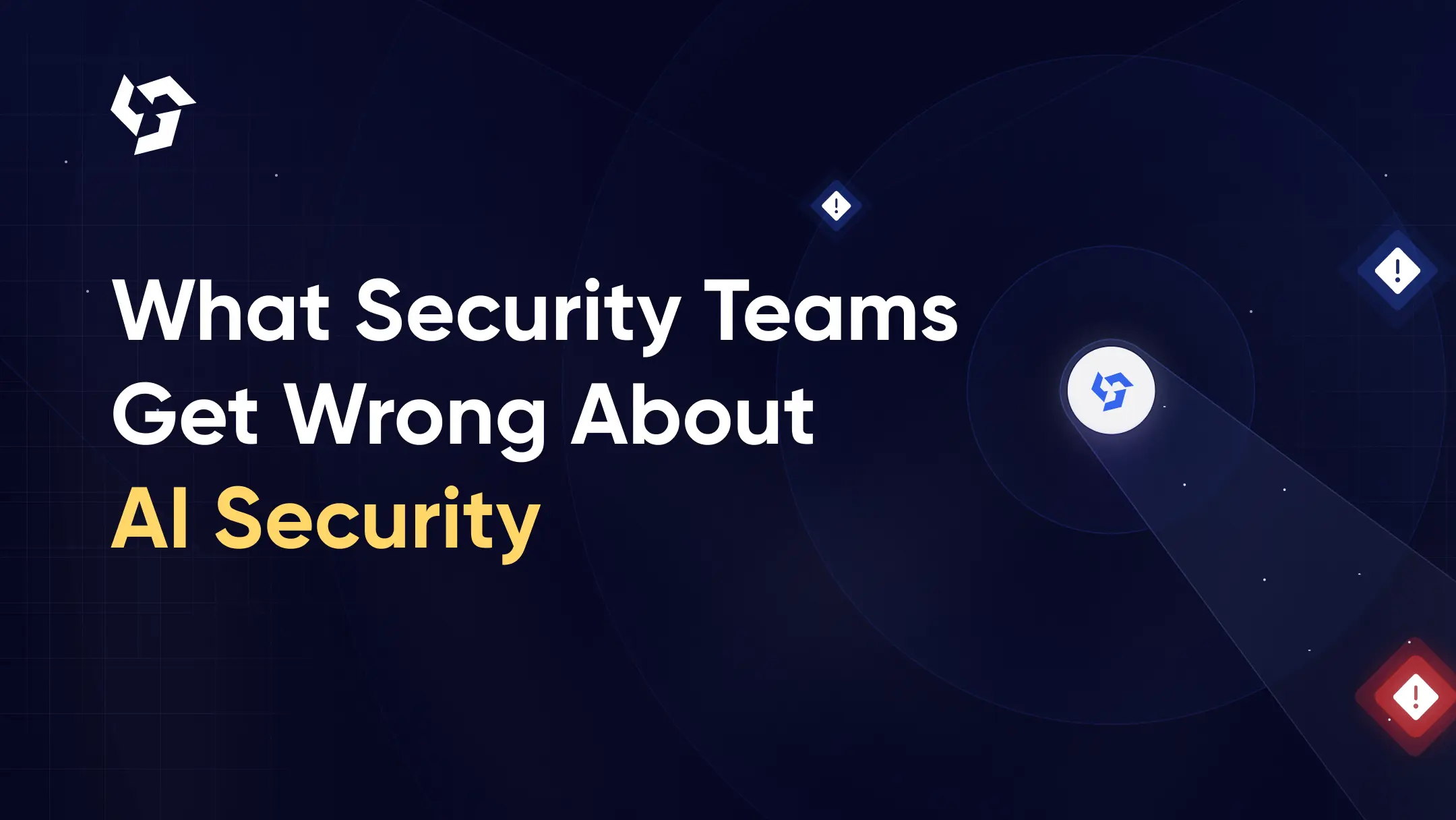
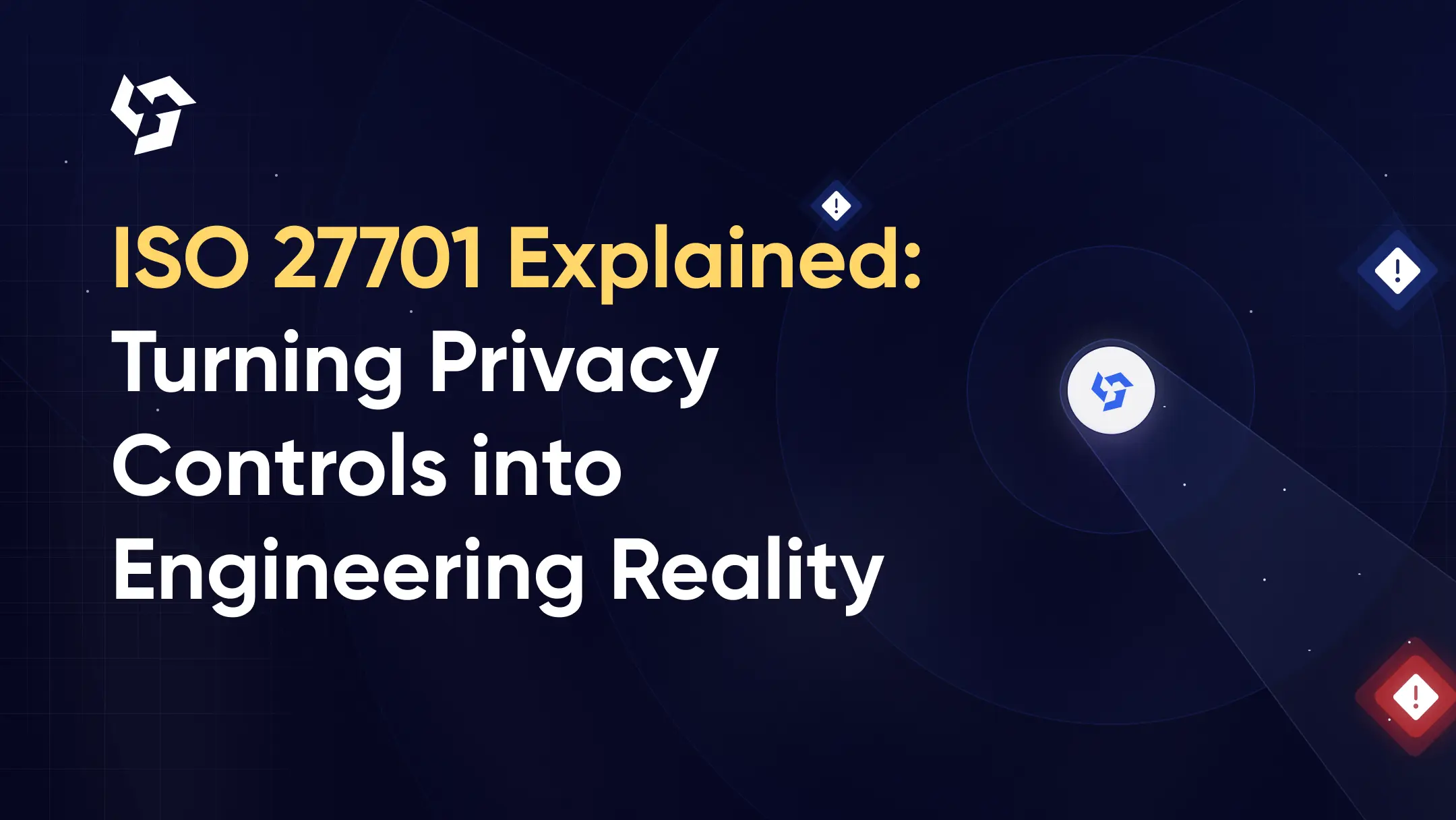
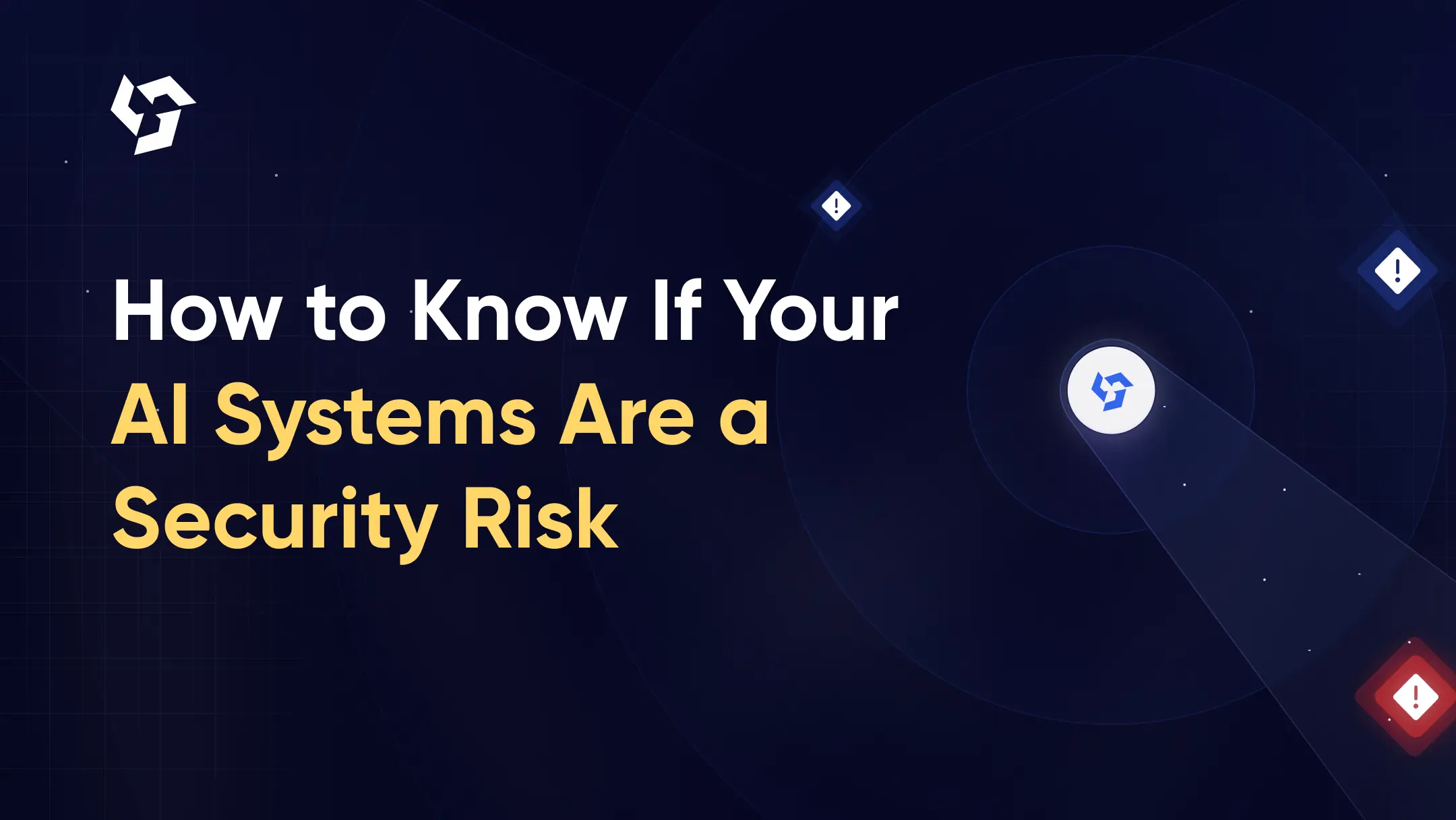
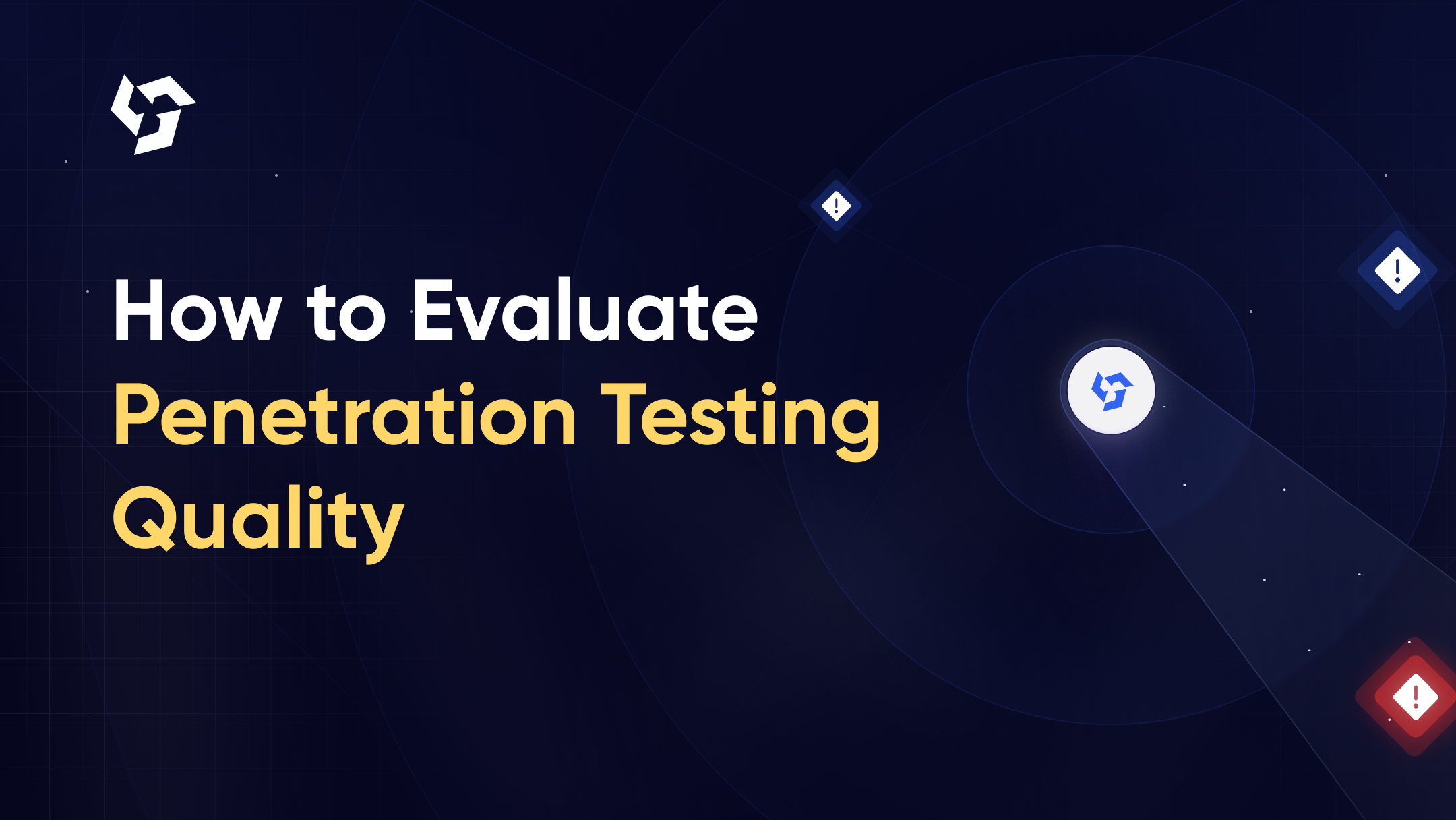

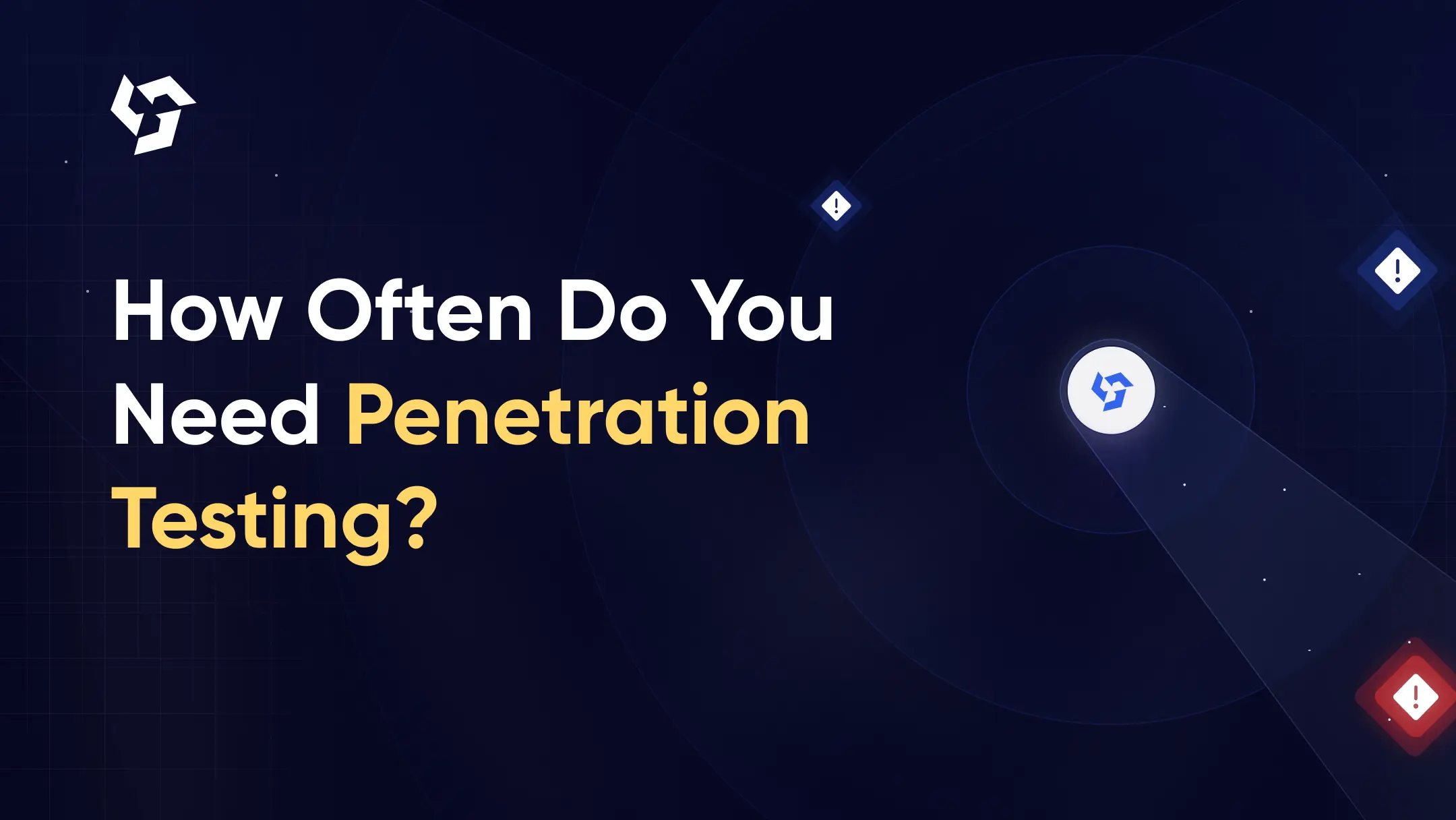
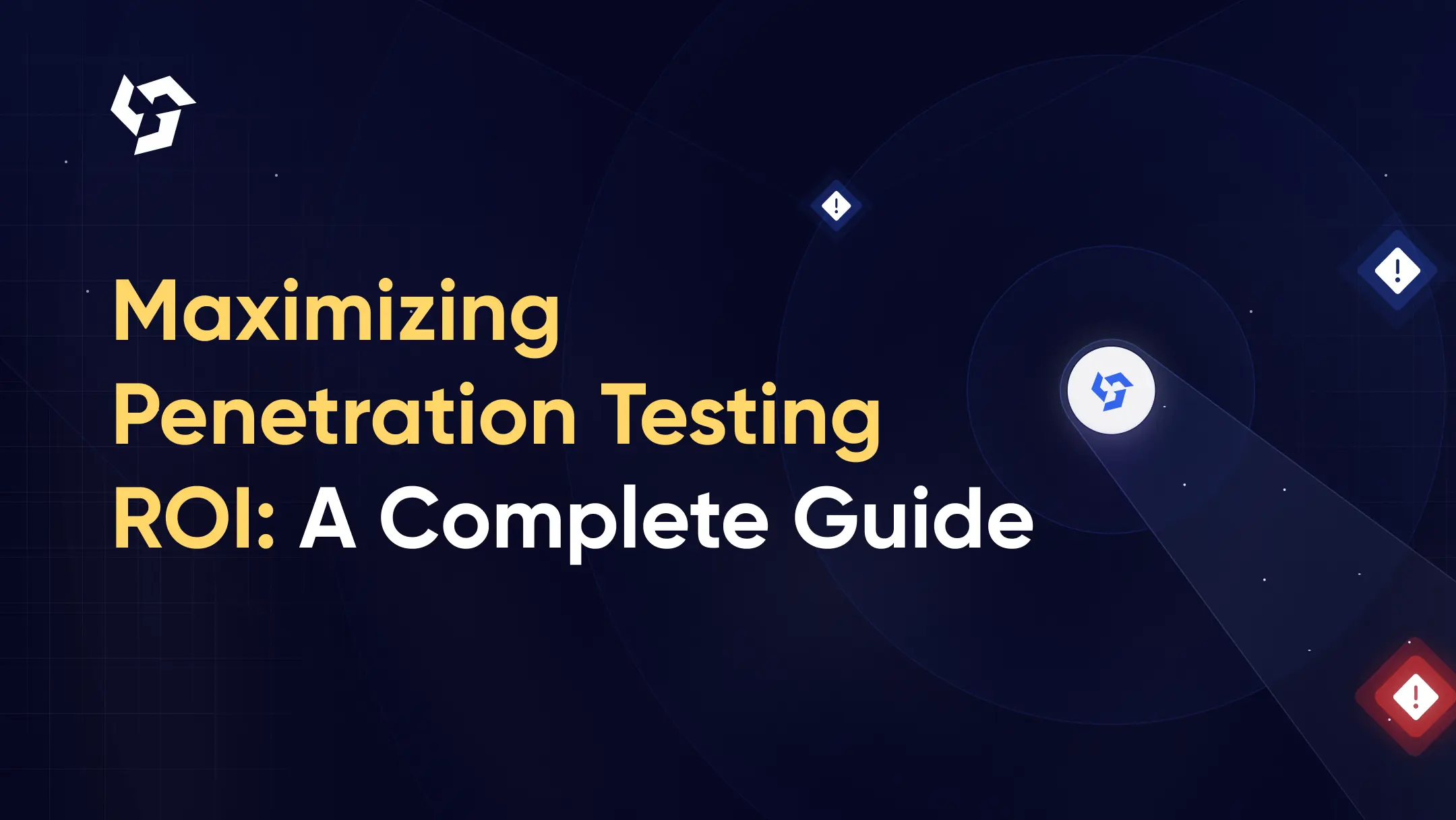


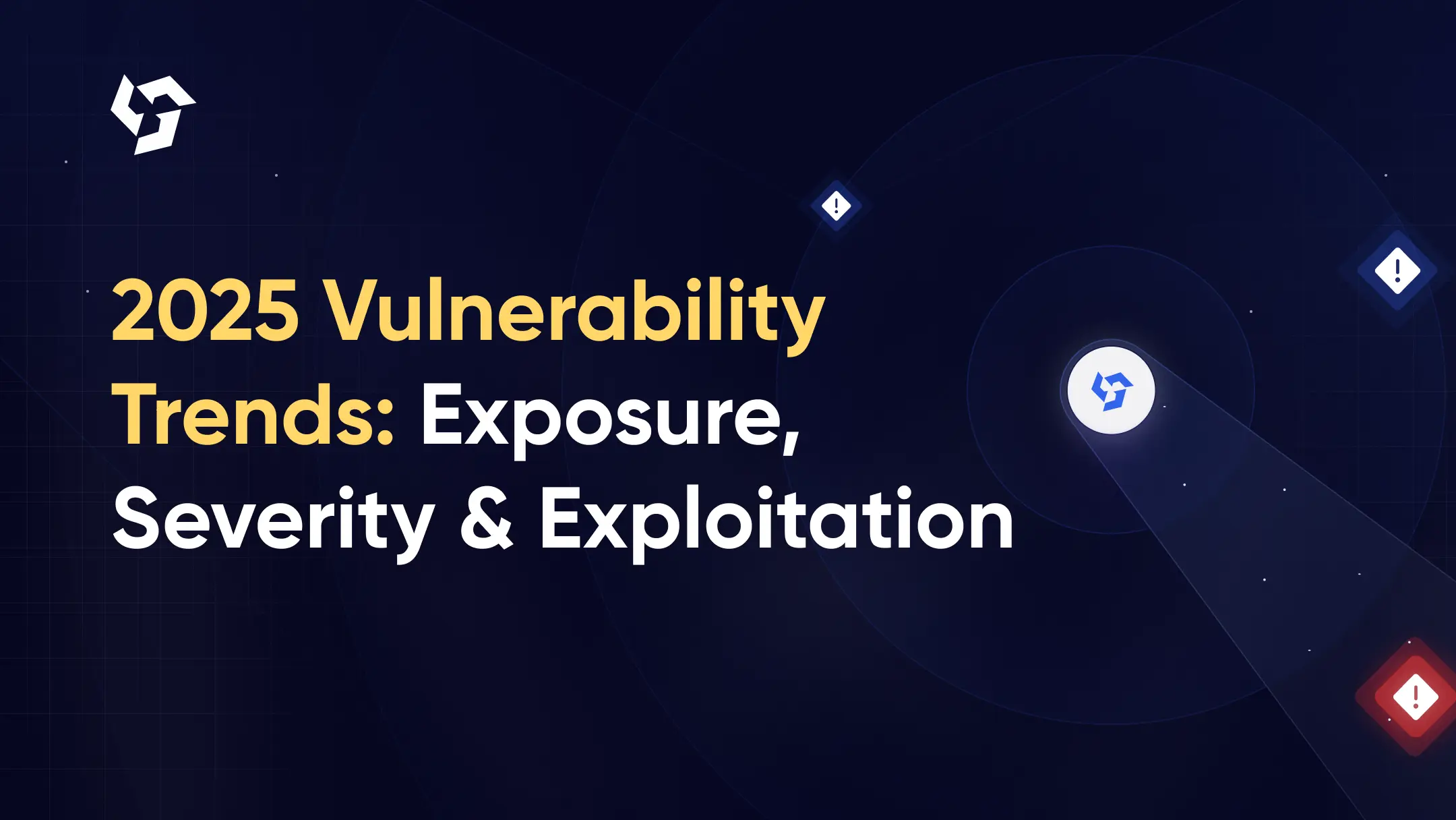
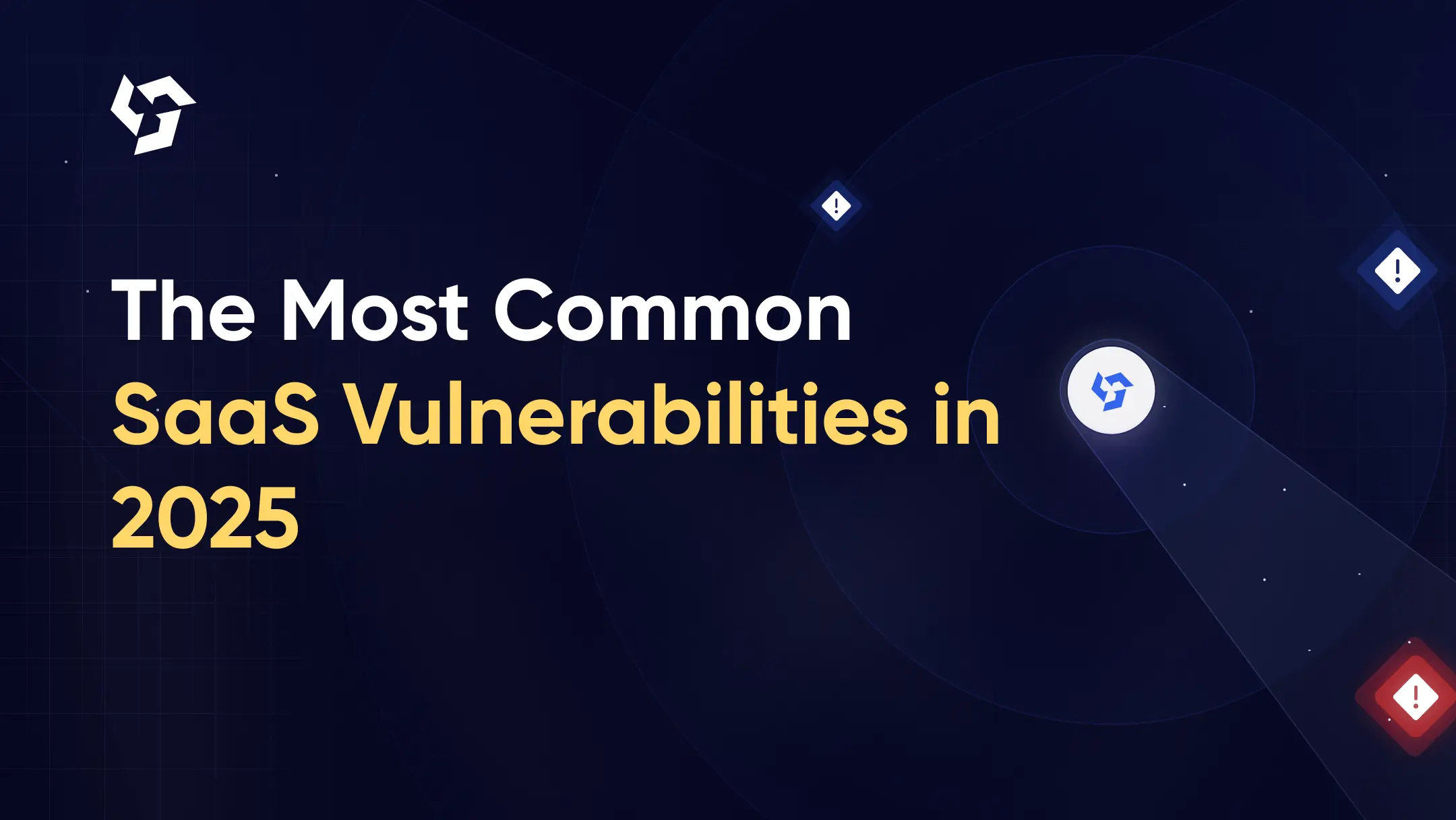





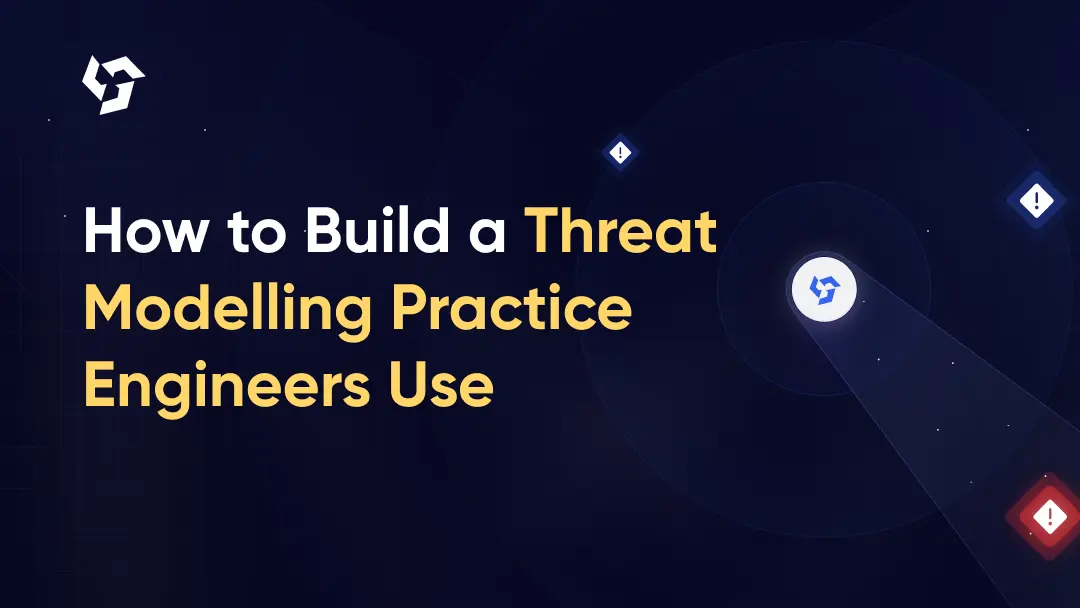


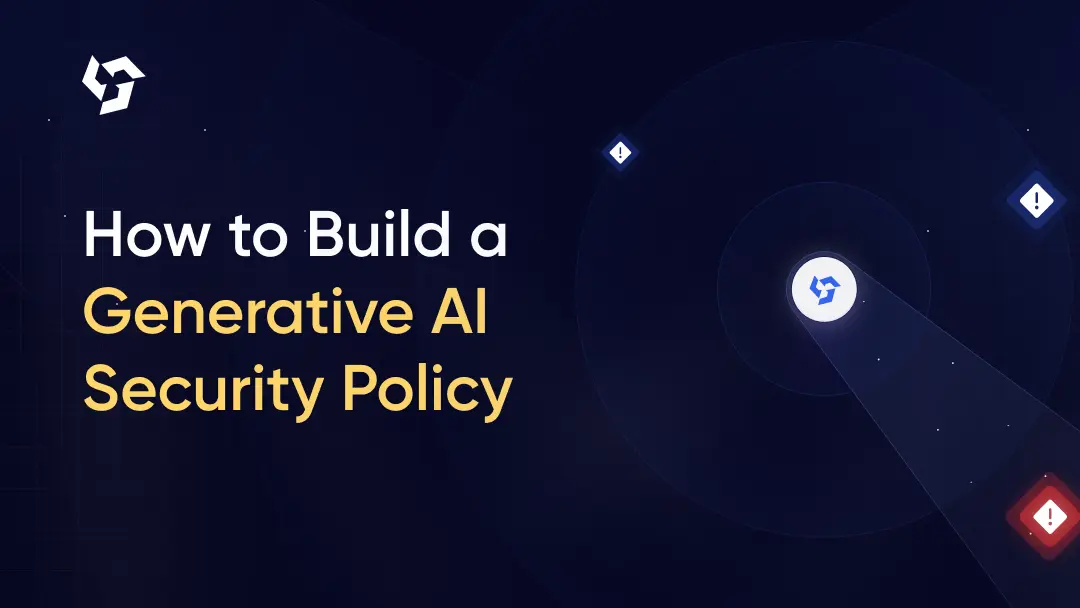


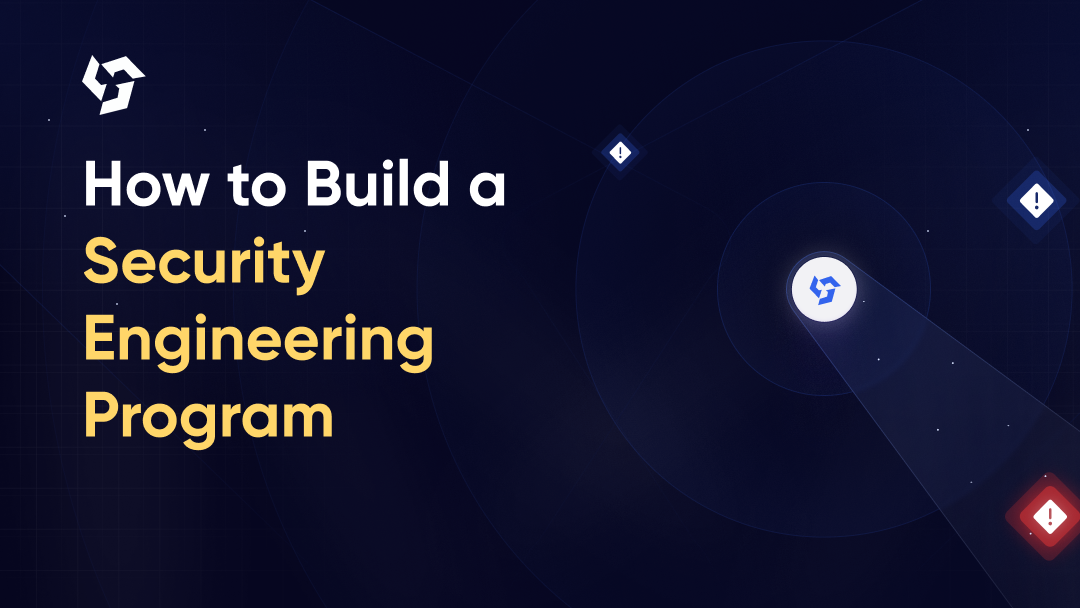

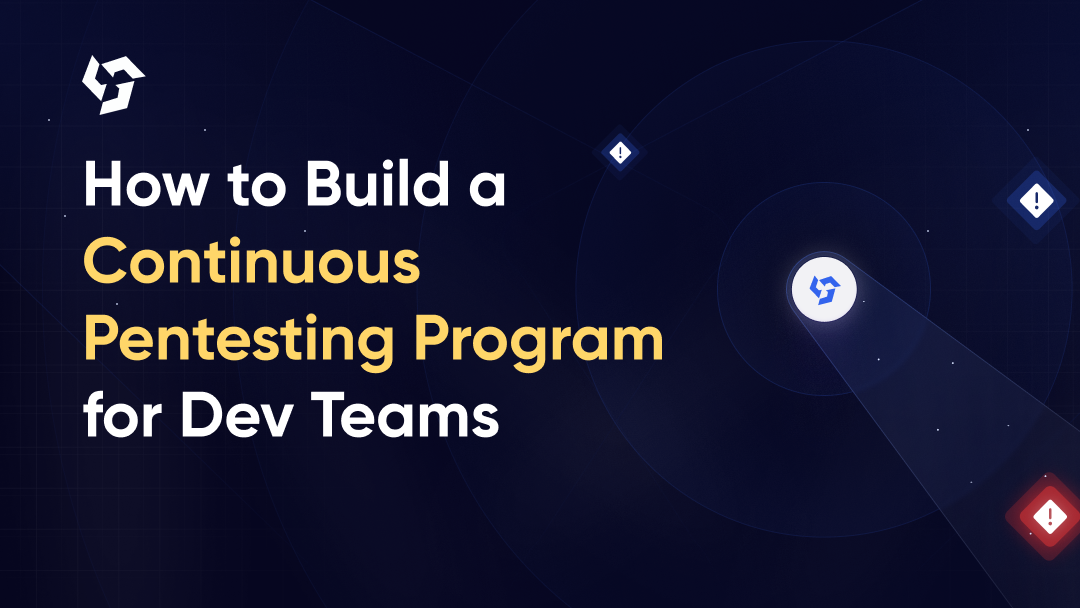

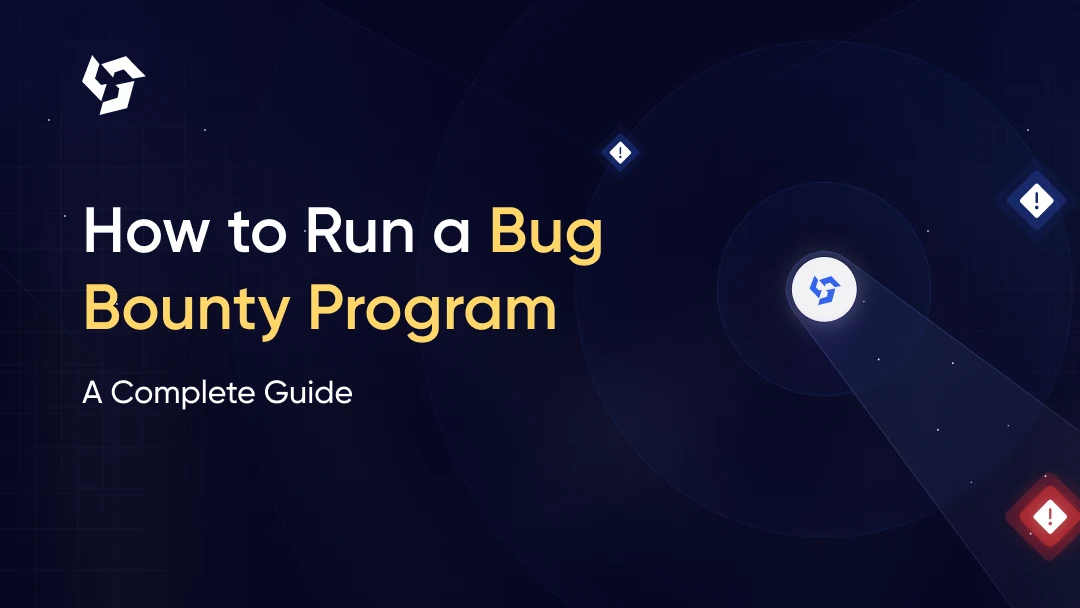


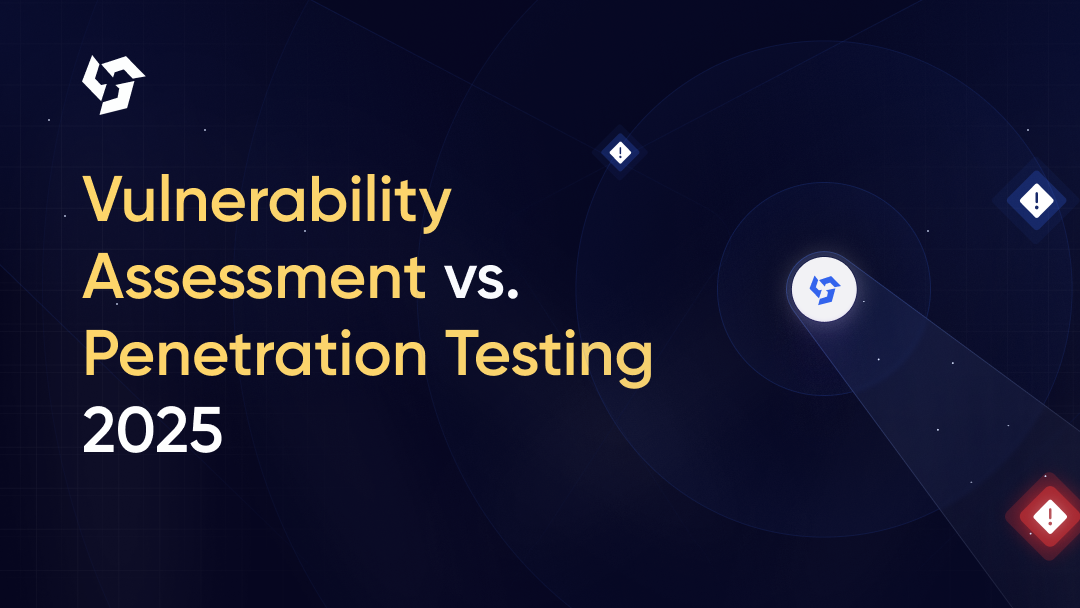

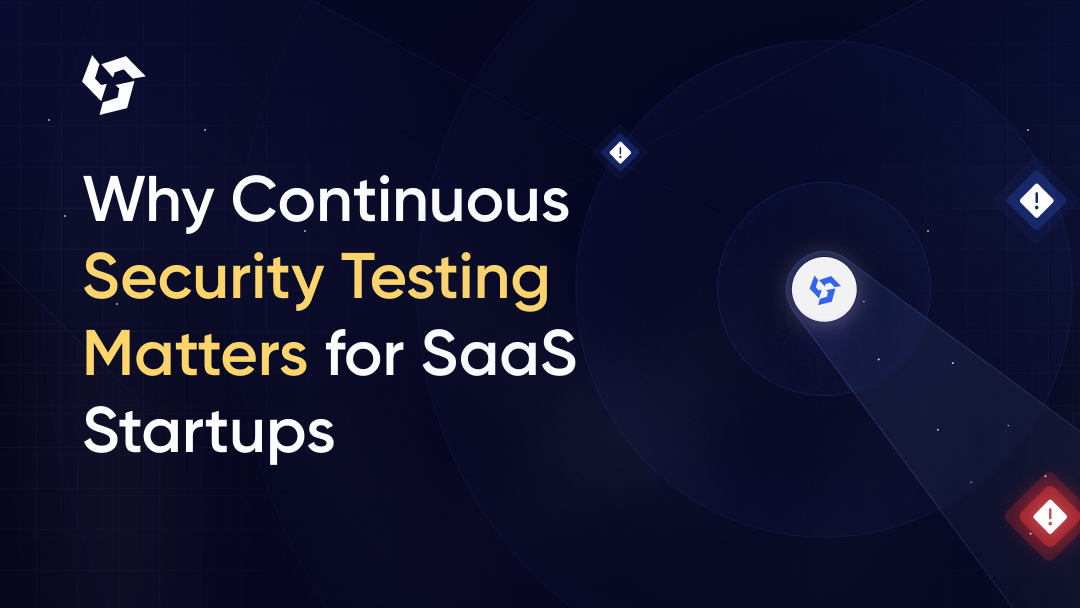
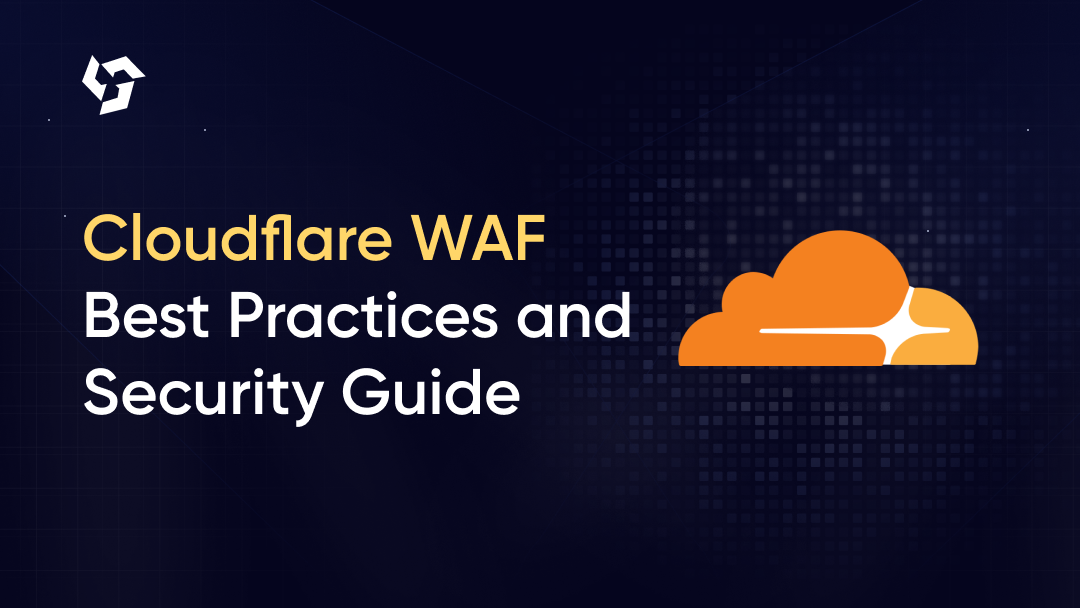


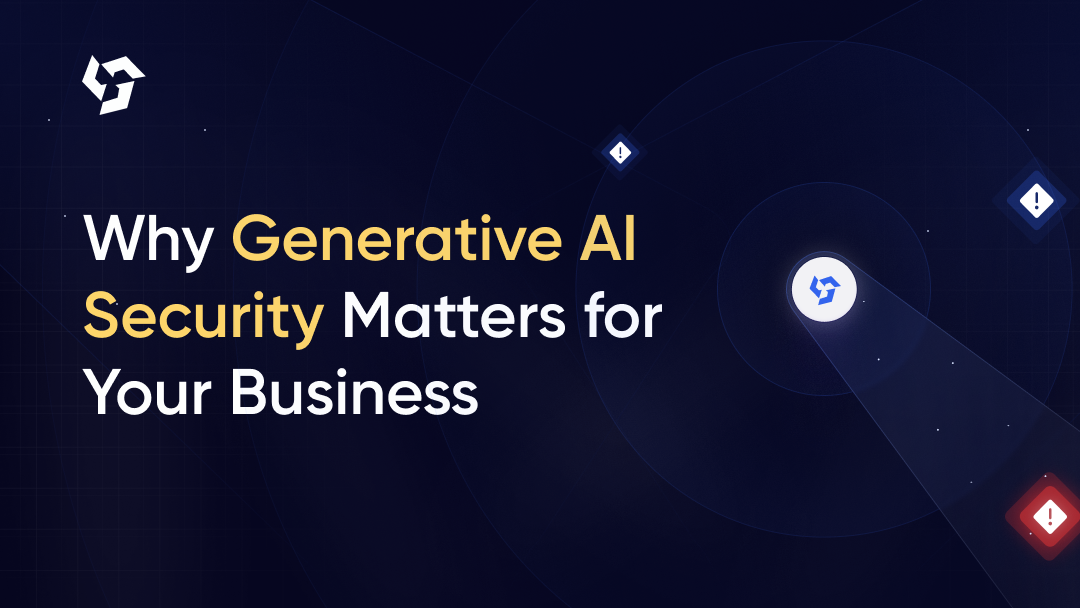
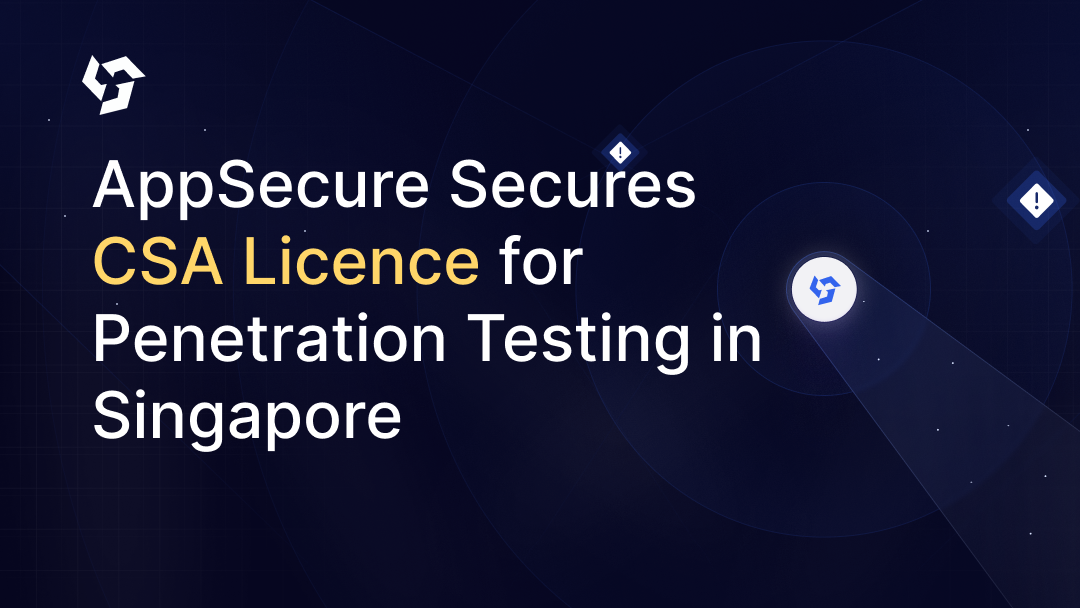
.png)
.png)

.png)
.png)
.png)
.png)
.png)
.png)
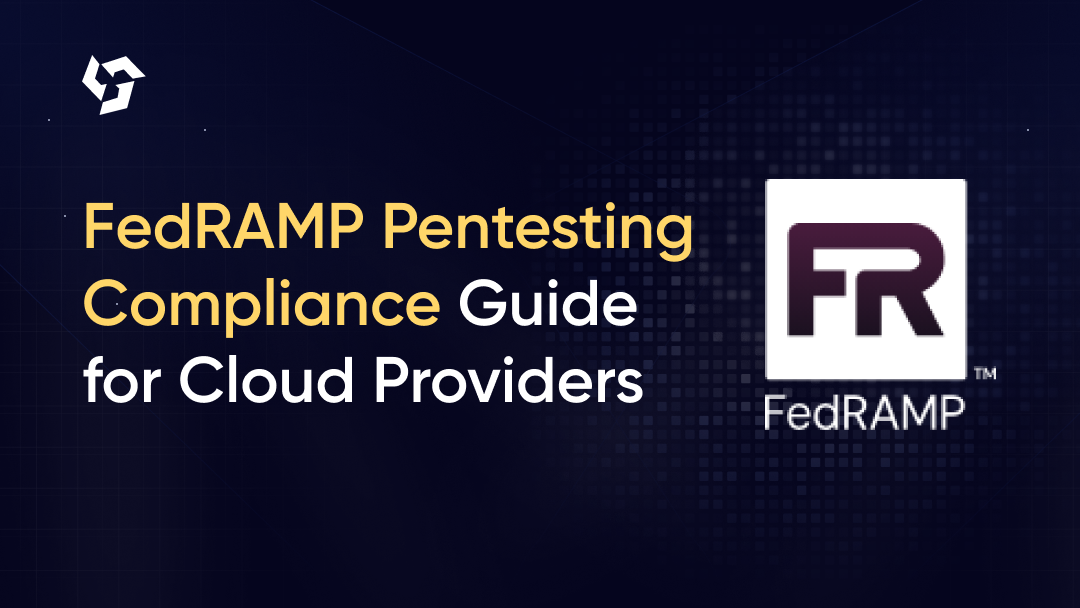
.png)
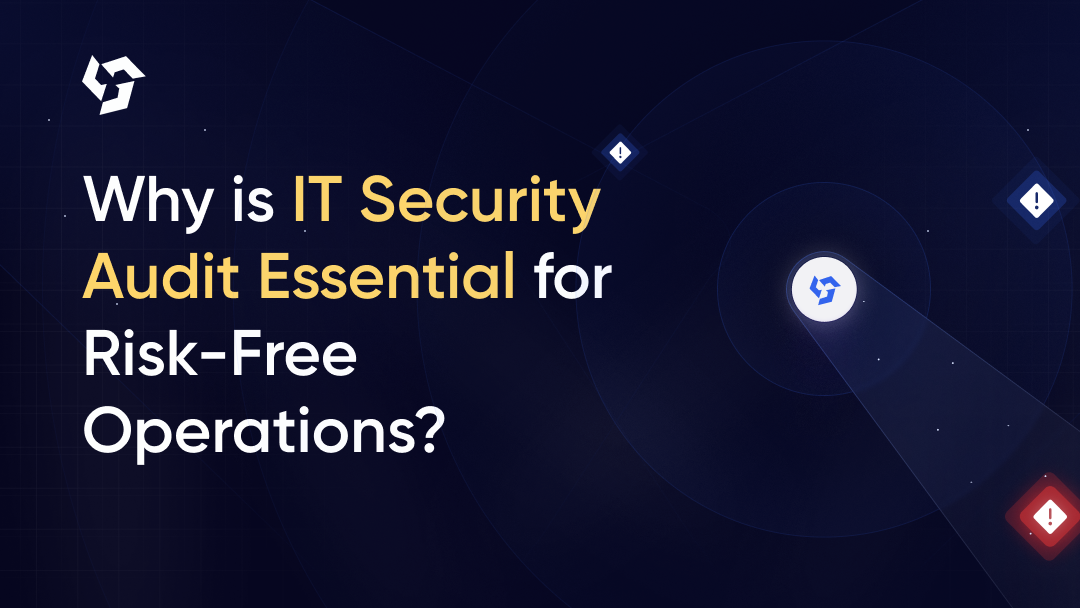

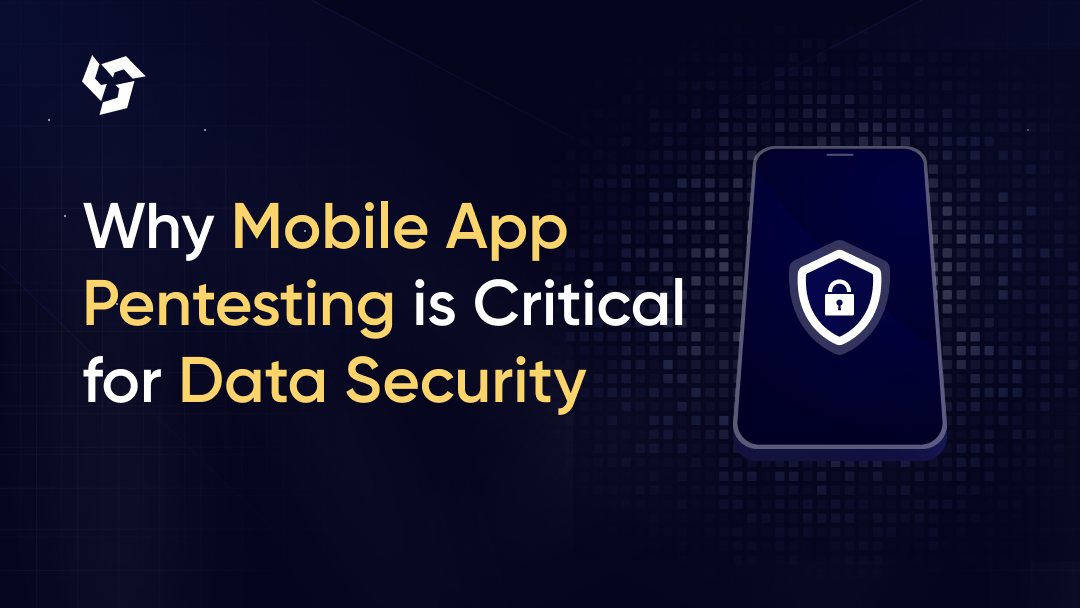
.png)
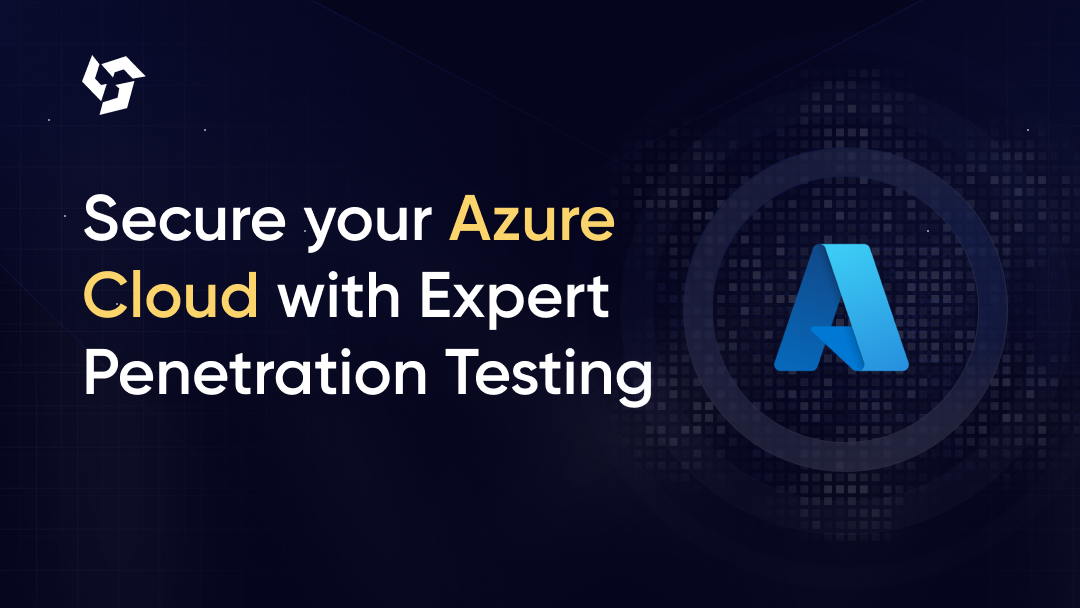
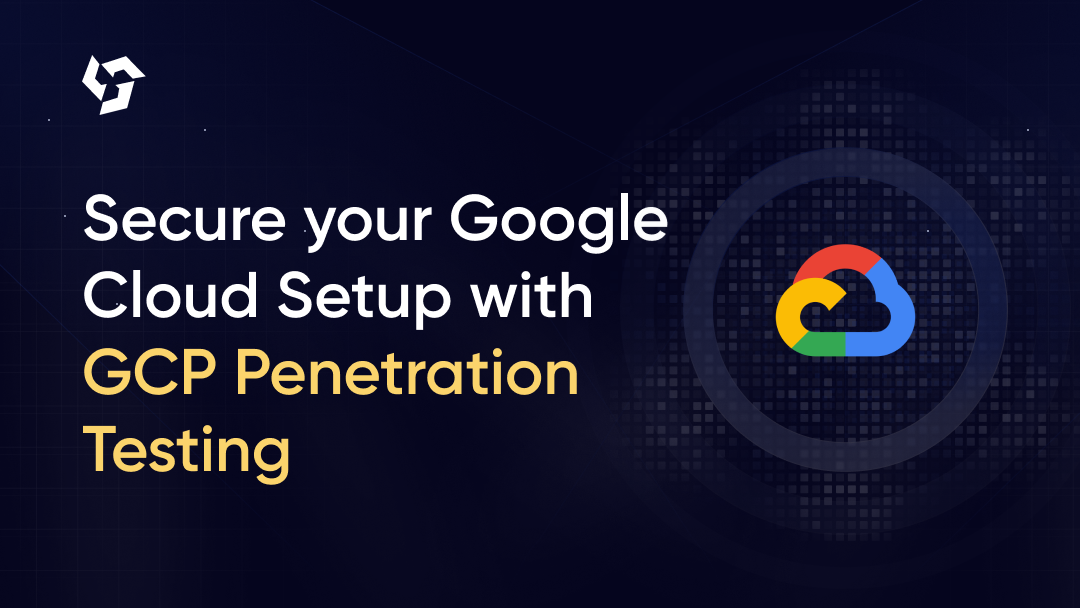
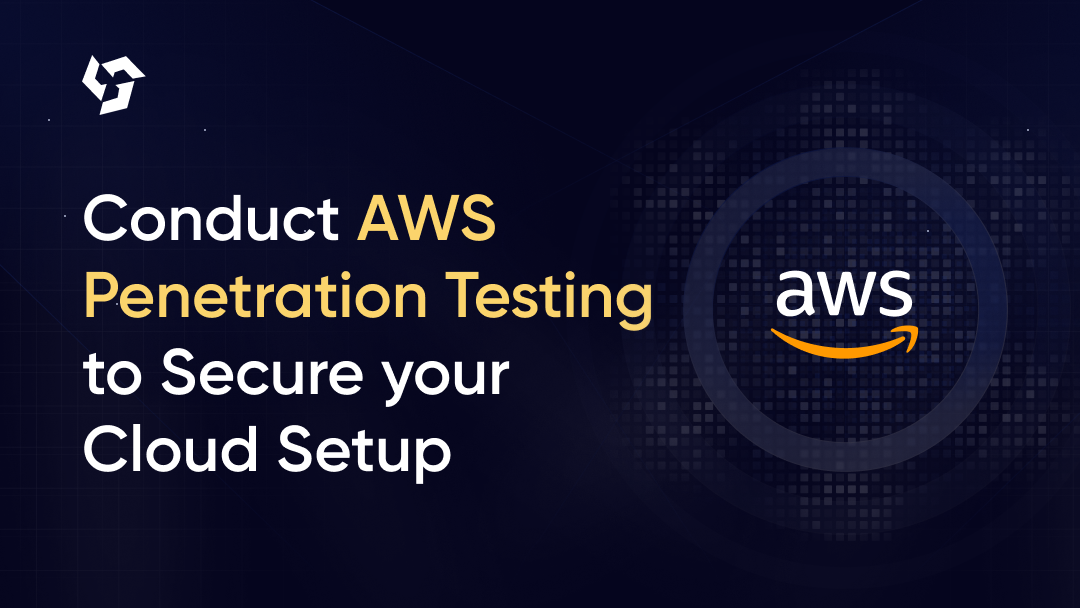

.png)
.png)
.png)
.png)
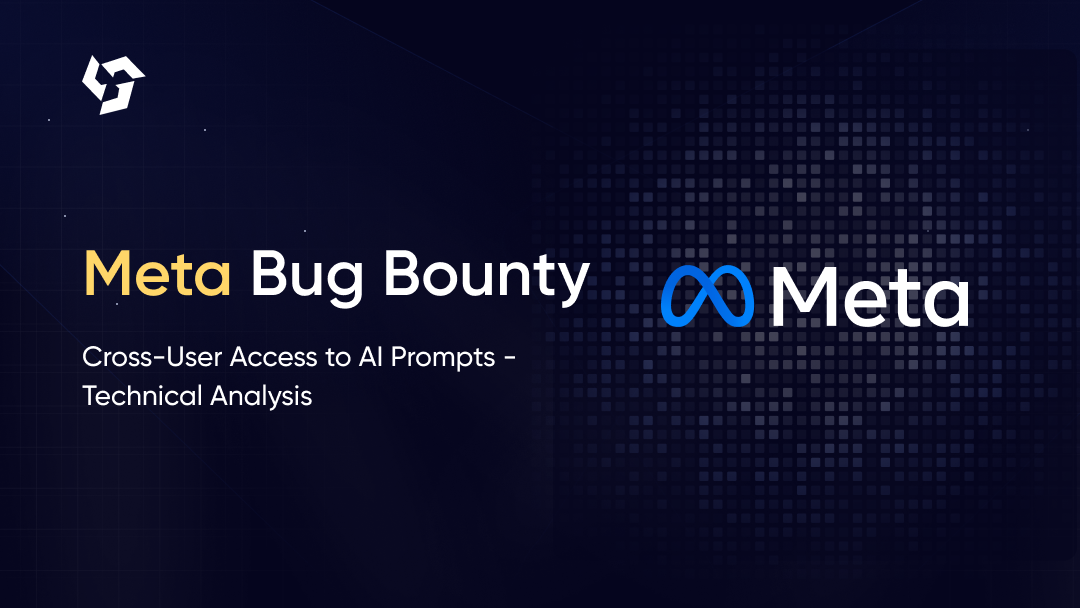
.png)
.png)
.png)

.png)
.png)
.png)
.png)
.png)

.png)









.webp)





.webp)


.webp)

.webp)



.webp)

.webp)

.webp)
